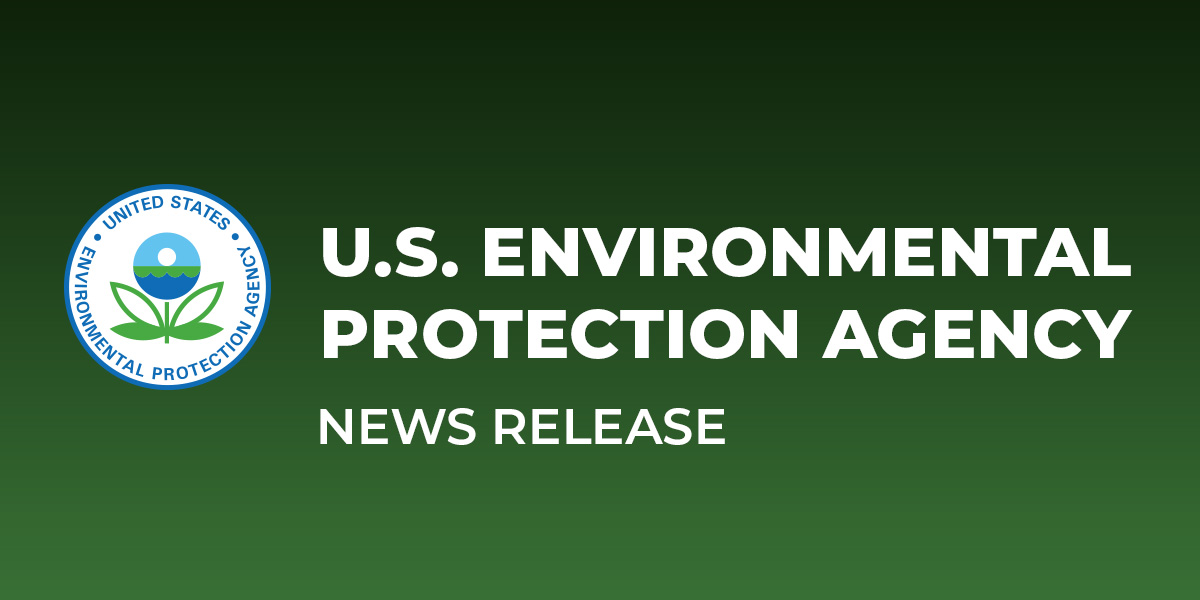EPA's Clean Ports Program: Advancing Sustainable Practices and Economic Prosperity
Key Ideas
- The U.S. EPA's Clean Ports Program will fund 55 projects nationwide to tackle climate change, reduce air pollution, promote job growth, and advance environmental justice.
- The Ports of Indiana will receive funding for climate and air quality planning at two Ohio River ports, emphasizing workforce development and community engagement.
- The program aims to reduce diesel air pollution, promote good-paying union jobs, and invest in clean, zero-emission technologies at U.S. ports, improving air quality and cutting carbon emissions significantly.
- By supporting the deployment of over 1,500 units of cargo handling equipment, 1,000 drayage trucks, 10 locomotives, and 20 vessels using battery-electric and hydrogen power, the program will drive sustainable practices and strengthen the U.S. economy.
The U.S. Environmental Protection Agency (EPA) has announced the allocation of nearly $500,000 through the Clean Ports Program to the Ports of Indiana for climate and air quality planning. This initiative, part of President Biden's Inflation Reduction Act, aims to combat climate change, reduce air pollution, promote good-paying jobs, and advance environmental justice. The Ports of Indiana will conduct decarbonization planning studies at two Ohio River ports and assess workforce development needs while engaging with the community for feedback and education.
The program targets diesel air pollution from U.S. ports and surrounding communities by investing in clean, zero-emission technologies. The initiative will install over 3 million metric tons of carbon pollution, equivalent to powering more than 391,000 homes for a year. The funding will support the purchase of battery-electric and hydrogen-powered equipment, including cargo handling units, drayage trucks, locomotives, and vessels, along with infrastructure for vehicle charging, fueling, and solar power generation.
EPA's Clean Ports Program selected 55 projects from across the country, focusing on workforce development efforts and aligning with national goals for a zero-emission freight sector. The program will create new jobs in the clean energy sector, protect human health and the environment, and enhance U.S. economic competitiveness through the deployment of zero-emissions equipment and infrastructure. By investing in sustainable practices and promoting clean technologies, the program seeks to establish the U.S. as a global leader in environmental stewardship and innovation.
Topics
Power
Clean Energy
Climate Change
Job Creation
Economic Growth
Community Engagement
Infrastructure Investment
Environmental Justice
Air Quality
Latest News
